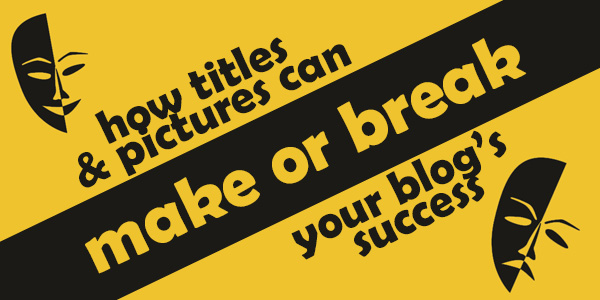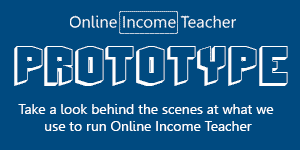You’re reading this sentence for one reason: because the headline caught your eye!
That is the secret to copywriting for the Internet, after all: to attract attention first and to keep attention second. When you publish your own blog, there are a lot of ways of doing this. But perhaps the most important way to ensure that you attract new readers and keep them on your blog, is to engage them instantly.
It’s not just the headlines that are important. It’s what your readers see when they come to your site. Some sites, like CNET or TheNextWeb, owe part of their success to being highly visual. As with headlines, images can quickly – even instantly – capture the reader, and if interesting enough, will maintain the user’s attention for an extended period of time.
How can you use headlines and images to capture more readers? Keep on reading to find out more…
Using Related Posts Features to Your Advantage
Related posts plugins are the latest word in every blogger’s tools kit, allowing you to show related content at the end of the article. By doing so, you reduce your bounce rate and increase page-views. Moreover, this allows you to tap into an entire network of blogs, giving you a foot in the door. Your blog’s articles show as recommended links and thumbnails on the blog posts of other peoples’ similar articles. While this is a great way to see increased traffic, you can do a lot to optimize just how much traffic juice you can squeeze out of this opportunity.
After all, it is still up to you to engage that audience enough to entice them in your direction.
Think about it this way: even if you could get a link to your site on the front page of Google, there are ways you could generate more interest and intrigue than a simple “click here.” You want to do all you can to entice peoples’ attention; actively grabbing their attention, after all, is how you get them to make the decision to click.
How to Write Click-Generating Headlines
As the related posts plugins function by linking with the headlines to your articles, you are going to need to write strong headlines. You don’t want to do this once in a while. You want to do it EVERY TIME you publish a new post on your blog.
If you’re not a natural copywriter by trade, don’t worry. There are certain ways you can be sure that you’re writing an engaging headline. Start off by asking yourself these questions:
- Would I want to click on this headline if I saw it on another related website?
- What kind of article does this headline suggest the users are about to read?
- Is the headline interesting enough?
- What is it about the headline that grabs my attention?
Let’s take an example of a bad headline and try to spruce it up. Let’s say you run a fashion and style blog. You could write a headline like “Folding a Shirt,” but that headline doesn’t really do a lot to entice my attention. You may, after all, have a lot of great, original tips in that blog post that will teach me how to fold the perfect shirt every time, but I wouldn’t be able to gleam that from your headline.
What about a headline like, “How To Fold A Shirt In 2 Seconds”
That headline tells me that you have some content I can really sink my teeth into. It promises me something interesting and unique; I’m not going to learn something like that anywhere else. Even if I wasn’t interested in folding shirts before, I can’t pass up a tip like the one you’re about to give me.
Images: Winning Your Users’ Hearts – Through Their Eyes
There’s an old saying that a picture says a thousand words. Even in this digital age, when the Internet is positively saturated with plenty of photos, this adage still holds true.
What kind of picture are you painting with the images you’re using? Do they invite the reader in by showing something unique and interesting, or are they simply stock photos that suggest you put little thought into how your blog might look?
As was the case with the headlines you write, you’ll want to make sure your images actively entice readers to take action toward your blog – to click on it, to read it, and to keep digging around. The images you use paint a very vivid picture of how unique, interesting, and engaging your blog really is.
Having highly intriguing titles and photos is essential to maximizing your CTRs. This goes not only for search engine results but also to additional content and readers exchange opportunities offered, in this era of related posts plugins and content recommendations showing up on almost every blog.


CommentLuv vs Disqus – Why I Don’t Use CommentLuv!